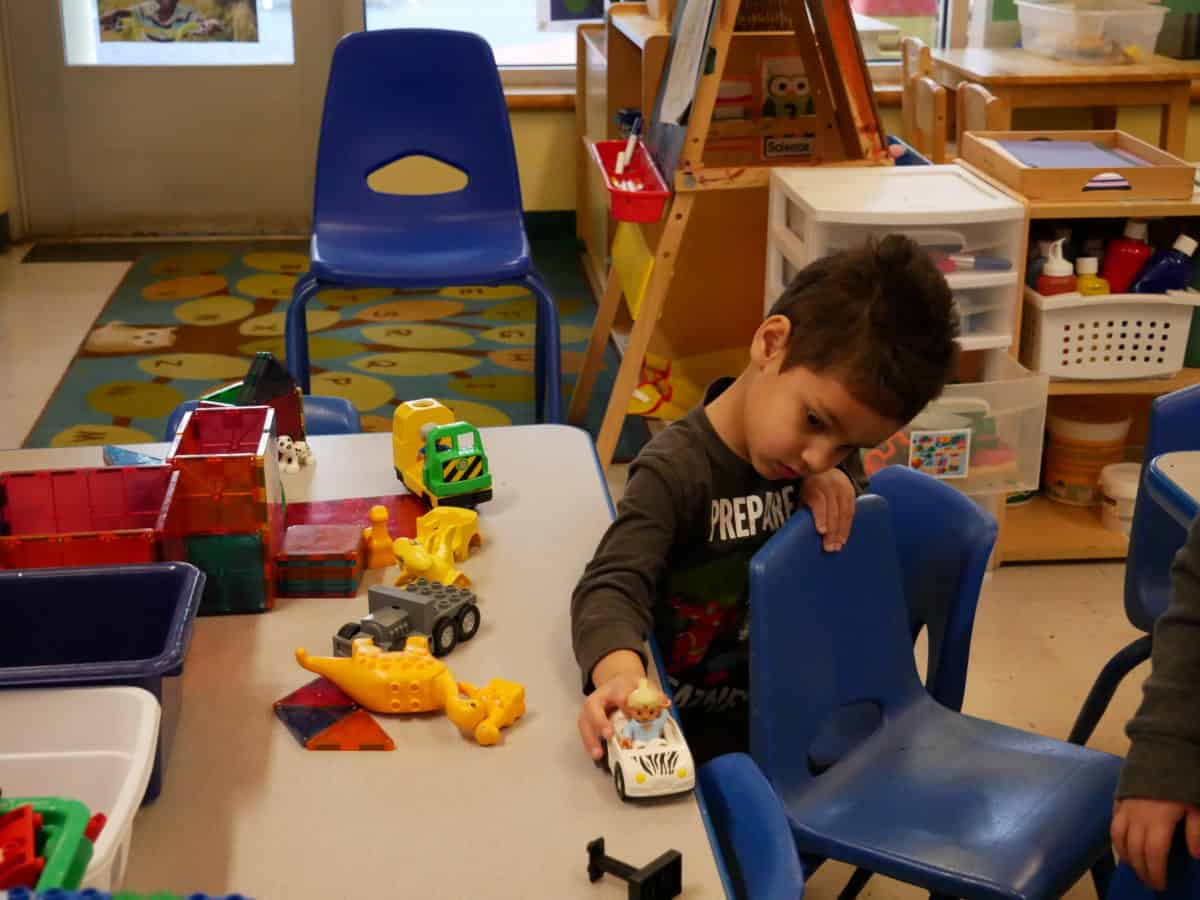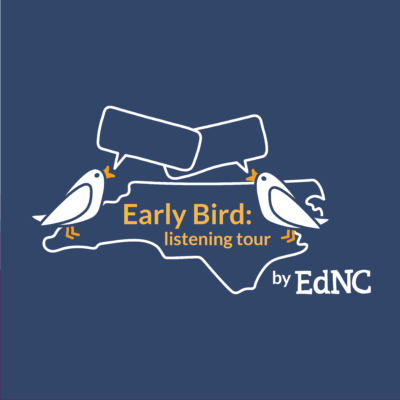

Patricia Spruill, owner of Step by Step, a family child care program in Tarboro, said three out of the five children in her care are on the local waiting list for subsidy assistance. Around 38,400 children were on these lists in April 2019 across the state, and a 2019 report found North Carolina reaches about 10% of federally eligible children with these subsidies.
Even when children are lucky enough to receive subsidy assistance, Spruill said the reimbursement she receives from the state does not cover the full cost of quality care — especially with extra pandemic-related expenses and uncertainty around further state and federal relief.
“I don’t know what else is going to happen after some months go by and we’re just getting regular pay,” Spruill said, referencing the end of the state’s policy in September that paid providers a subsidy based on pre-pandemic enrollment and helped parents with co-payments. “I feel like we’re going to run into some problems.”
A July report from the Budget and Tax Center, the fiscal policy arm of the left-leaning North Carolina Justice Center, proposes a statewide floor for the subsidy program, meaning the state would pay providers whichever is higher: their county rate or the state rate. The study estimates this would take $92.7 million.
A higher subsidy reimbursement rate, Spruill said, would help her pay for food, cleaning supplies, and more space to socially distance children. The report argues that a floor rate would help reduce disparities in the funds allocated across counties. Under the most recent subsidized rates, a five-star family provider in Buncombe County receives $957 for each 3- to 5-year-old per month. In Edgecombe County, where Spruill’s program is located, that allocation is $602. In Alleghany County, it is $397.
“One of the challenges is that’s based more as a measure of income in a community and ability to pay and less on what it actually costs to deliver high-quality (care),” said Alexandra Sirota, director of the Budget and Tax Center. “Child care was out of reach for a lot of families and a huge burden on the budgets of a lot of families before COVID.”
In 2019, more than 72,000 children and families relied on these subsidy funds to pay for child care each month. The program is paid for with a mix of federal and state funds. Exactly how the money is divided across the state is determined by the state legislature and mostly based off 2015 market rates — or the 75th percentile of that county’s child care market for a specific age and star-rating. The state then also factors in economic tier designations. The last market rate increase, effective October 2018, factored in tier designation and targeted certain age groups and star-ratings.
The Budget and Tax Center report argues the quality of that care is still stifled by reimbursement rate disparities. Greg Borom, director of advocacy at Children First/Communities in Schools in Buncombe County, co-authored the report. He said the K-12 system acknowledges the idea of a base per-pupil spending “but the early childhood system hasn’t acknowledged that as a fundamental concept.”
“The child’s geography shouldn’t determine their ability to access high-quality care, and there shouldn’t be a disparity in a child one county to the next in what we’re investing in them on a per-child basis to get what we now know from research is the place for investing in any kind of future health and well-being and educational outcome,” Borom said.
Elizabeth Everette, senior subsidy manager at the state Division of Child Development and Early Education, said the division recommends rates from the latest market rate survey, which right now is from June 2018, but that the General Assembly has the final say. She said the division is aware of rate disparities and is looking at alternate methodologies in surveying the market rate and allocating funds across the state.
“When we look at it from a licensing standpoint, the standards are the same. It doesn’t matter if they’re in the poorest county or if they’re in the wealthiest county, the standards for that quality are the same,” Everette said. “And there is concern that the way the market rate survey is structured and then the way the legislature has told us to implement it, that sometimes that disparity is too much … Providers are expected to have the same level of quality but the difference in the rates that they’re getting … it’s a greater difference than what you would typically expect just due to cost of living differences.”
A potential downside to raised rates, Everette said, is that providers aren’t allowed under federal guidance to charge families on subsidy more than their private-paying parents. Some providers that got more money from the October 2018 increase have been gradually raising private rates. She said she thinks a floor could be a step in the right direction.
“So that way those who are at the lowest of the low are at least getting somewhat of a minimum where hopefully we could say we are comfortable with any five-star facility with an infant classroom that at this base rate, that would be sufficient for them to sustain quality,” she said.
With more child care facilities open but enrollment at around 43%, Sirota said the proposal could also provide some stability to a system on the brink of collapse. The state held providers who serve children on subsidy harmless for enrollment drops throughout the summer and covered parent co-payments. But starting in September, parents will be responsible for their co-payments and subsidy payments to providers will be based on current attendance.
“Without bolstering our investment in the early care and education system, we won’t be able as a state to achieve a full, inclusive recovery,” Sirota said.
She later added: “This is a strategy not just for right now and rebuilding, but really how will we sustain a recovery that is really supporting the next generation of North Carolinians.”




